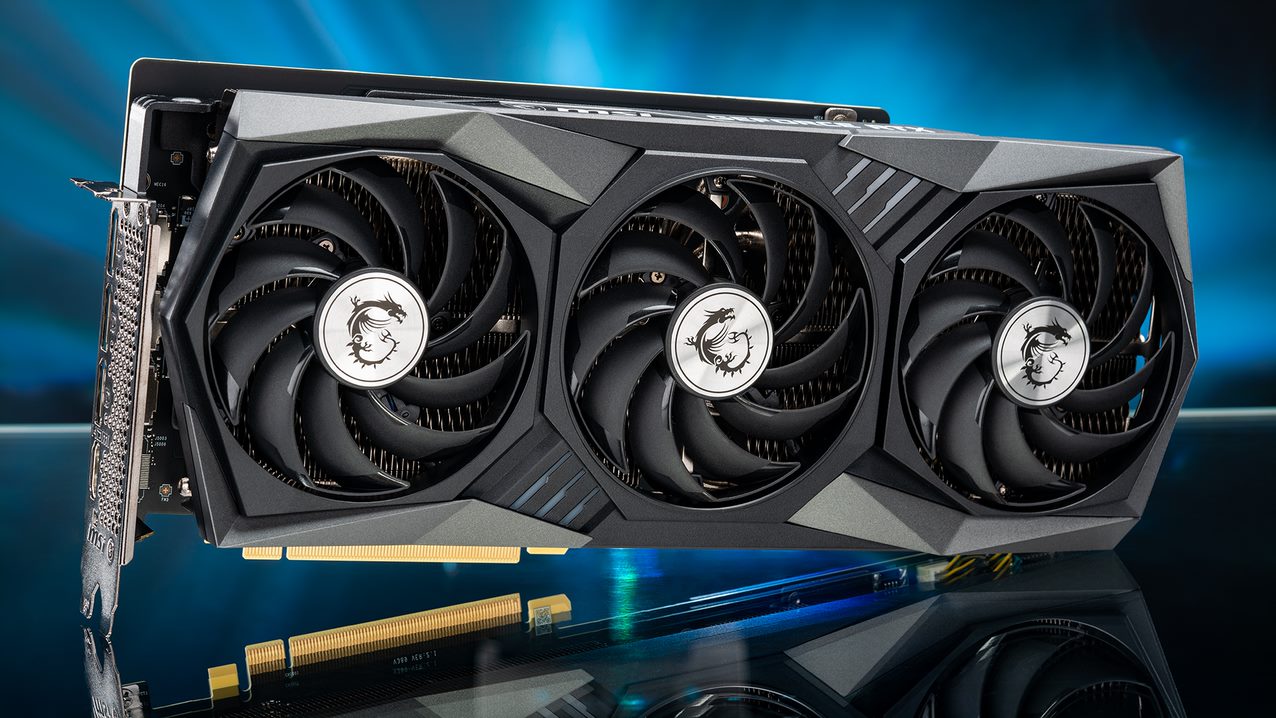But I never said that it is 70% faster. I said it has 17 tflops based on the in game clocks ive seen in benchmarks though I concede that they might have been overclocking it. from the flight sim benchmarks I just searched on youtube hovers in the 1950s though ive seen some that are in the 1890s. it seems to be either silicon lottery or cooling solutions that allow it to high higher clocks.
regardless, tflops are tflops. higher clocks will give you more performance, and the same logic should apply when comparing a 12.8 tflops rdna gpu to a 12-13 tflops to a 16 tflops rtx 2080 ti. the point is that a 12.8 tflops rdna gpu is not gonna match a 2080ti unless AMD has managed to improve IPC gains by another 25%.
as you can see below, the rtx 2080 ti is on average 56% faster than the 5700 xt. you are not going to make that up by just increasing tflops by 25%-30%. there is still 25-30% performance left.
What's interesting is that we do indeed see that even nvidia was struggling to get 1:1 performance scaling when increasing shader processors. 56% is not 65% by your tflops calculations and yet here we are. so while AMD hit that 64 cu ceiling with the vega 56, it seems that Nvidia has gotten there with the 2080 ti and now the entire 3080 which has 8700 shader processors, 3x that of 2080 and is only offering 2x more performance.
it will be interesting to see if the 80 cu rdna 2.0 can offer double the performance of the 40 cu 5700xt. as for the 40 cu 2.5 ghz navi 22, it will need a whole lot more than 2.5 ghz to come even close to the 2080 ti. IPC gains are a must if that were to happen.








